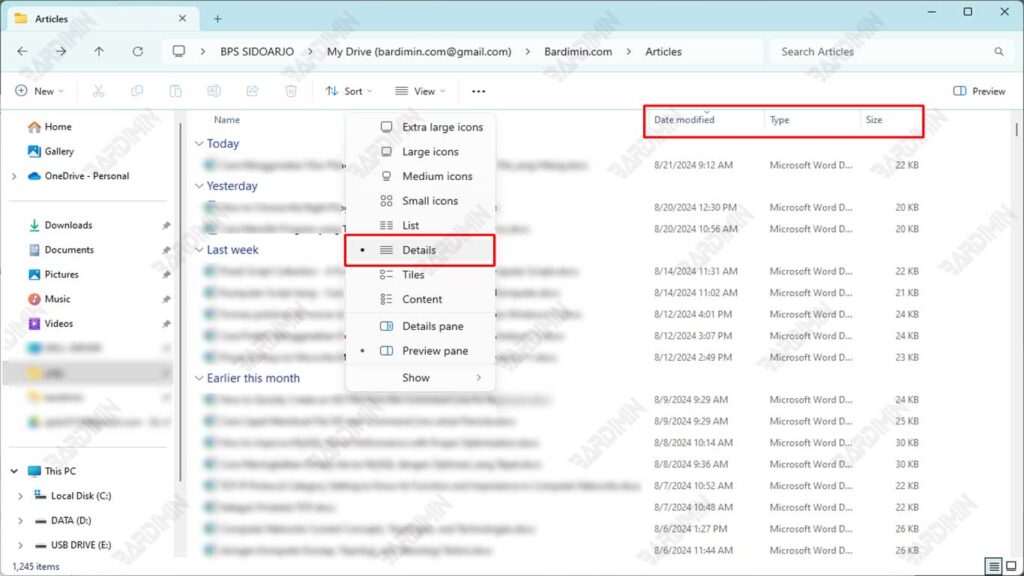In today’s digital era, we often store various types of files on our computers, ranging from important documents, and photos of memories, to work videos. However, with more and more files being stored, many times we face the problem of losing the files needed just when we need them.
The ability to find missing files within Windows folders is an essential skill that every computer user must have. Knowing how to take advantage of the search and sort features provided by Windows can save time and reduce frustration when searching for lost files.
Using the Search Box in Folders
When you search for missing files inside a desktop folder, the Search boxes in the Start menu can be overwhelming. To solve the problem of a “sea of files in folders,” Windows provides a Search box in the upper-right corner of each folder.
This Search box allows users to quickly search for files without the need to open folders one by one. This feature is especially useful when you have a lot of files in a folder and don’t want to spend time searching for them manually. This search box limits the search to only the files that are within the folder, making the search more specific and focused.
Steps to find files:
- Starting a Search by Typing a Keyword from the Searched File:
To start the search, simply click on the Search box and type in a keyword or phrase that you remember related to the missing file. These keywords can be part of the file name, file type, or words in the document. Windows will automatically start processing your input and display the corresponding results. - How Windows Filters Irrelevant Files While You Type:
When you type a keyword, Windows dynamically filters out files that don’t match your search criteria. Each letter you enter narrows down the search results, leaving only the most relevant files with the keyword that has been typed. This process makes it easy for you to quickly find the file you’re looking for without having to scroll through a long list of irrelevant files. With this feature, file search becomes more efficient and effective, saving you time in finding lost files.
Improve Search Accuracy with Sort Feature
When a box Search folder finds too many matches, you can use another help: headers above each column. For best results, click View on the top edge of the folder and select Details from the drop-down menu.
One effective way to improve the accuracy of file search in Windows is to take advantage of the sorting feature available in the header column inside the folder. At the top of each column in the folder view, there are headers such as Name, Date Modified, and Type. This header allows you to sort files by specific categories, so you can easily find the files you’re looking for.
- Name: Sorts files by name, either alphabetically from A to Z or vice versa.
- Date Modified: Sorts files by date last modified, from newest to oldest, or vice versa.
- Type: Group files by their type or format, such as .docx for Word documents, .jpg for images, etc.

Usage Examples:
- Sorting Files by Name:
If you know the name of the file you are looking for, you can click the Name header to sort all the files in that folder alphabetically. For example, if you are looking for a file that starts with the letter “P”, after sorting, you can go directly to the part of the file that starts with that letter, speeding up the search process. - Sorting Files by Modification Date:
If you remember the last time you changed a lost file, sorting files by Date Modified can be helpful. Click the Date Modified header to display the most recently modified files at the top of the list. For example, if you remember that the file was changed in the past week, you can quickly find it among the top results after sorting.

